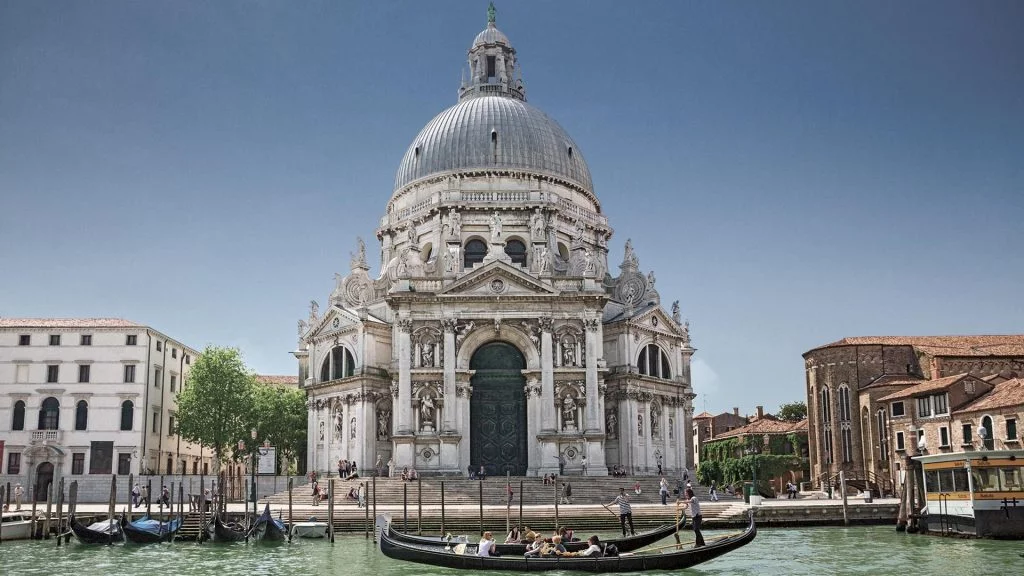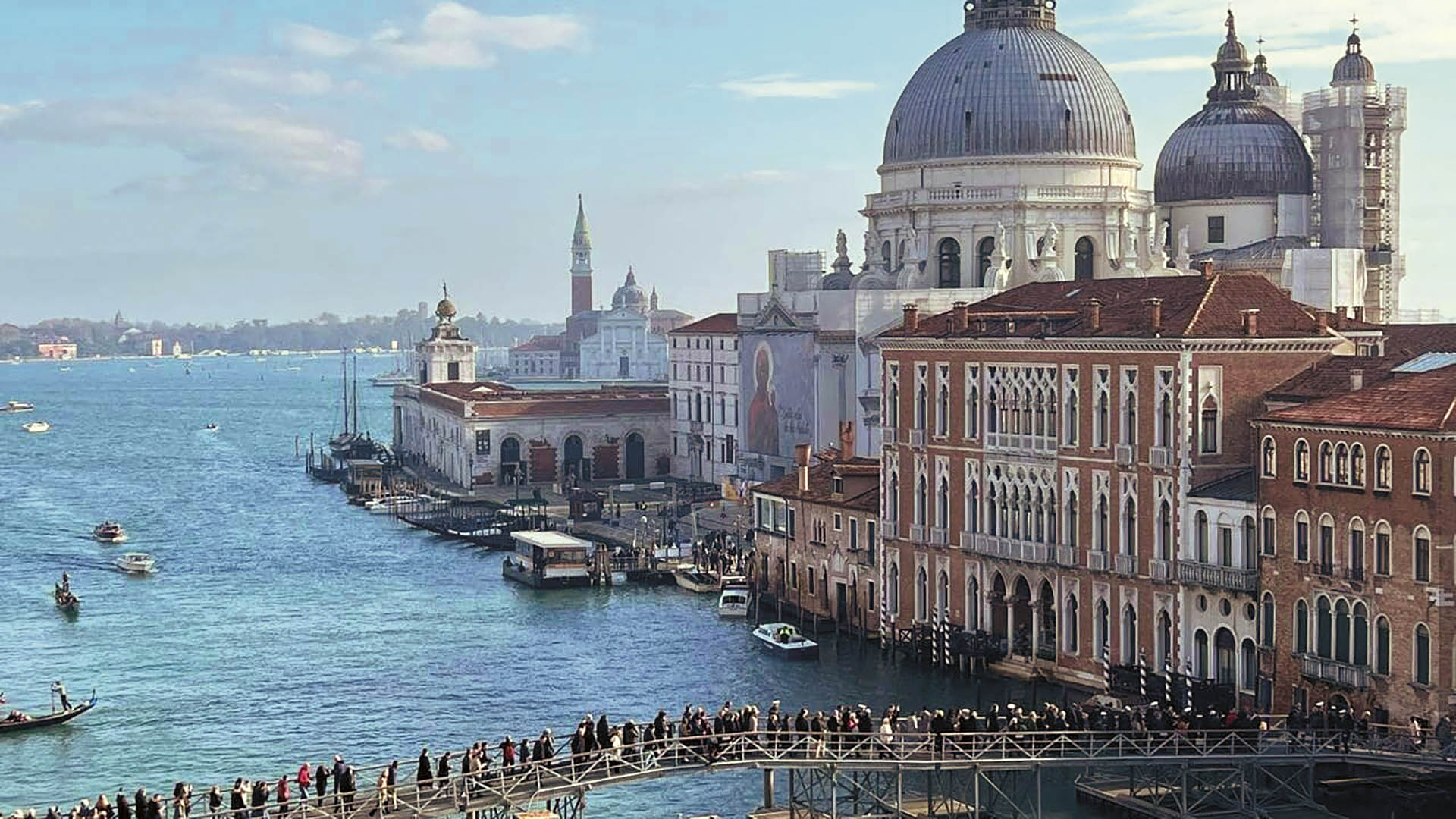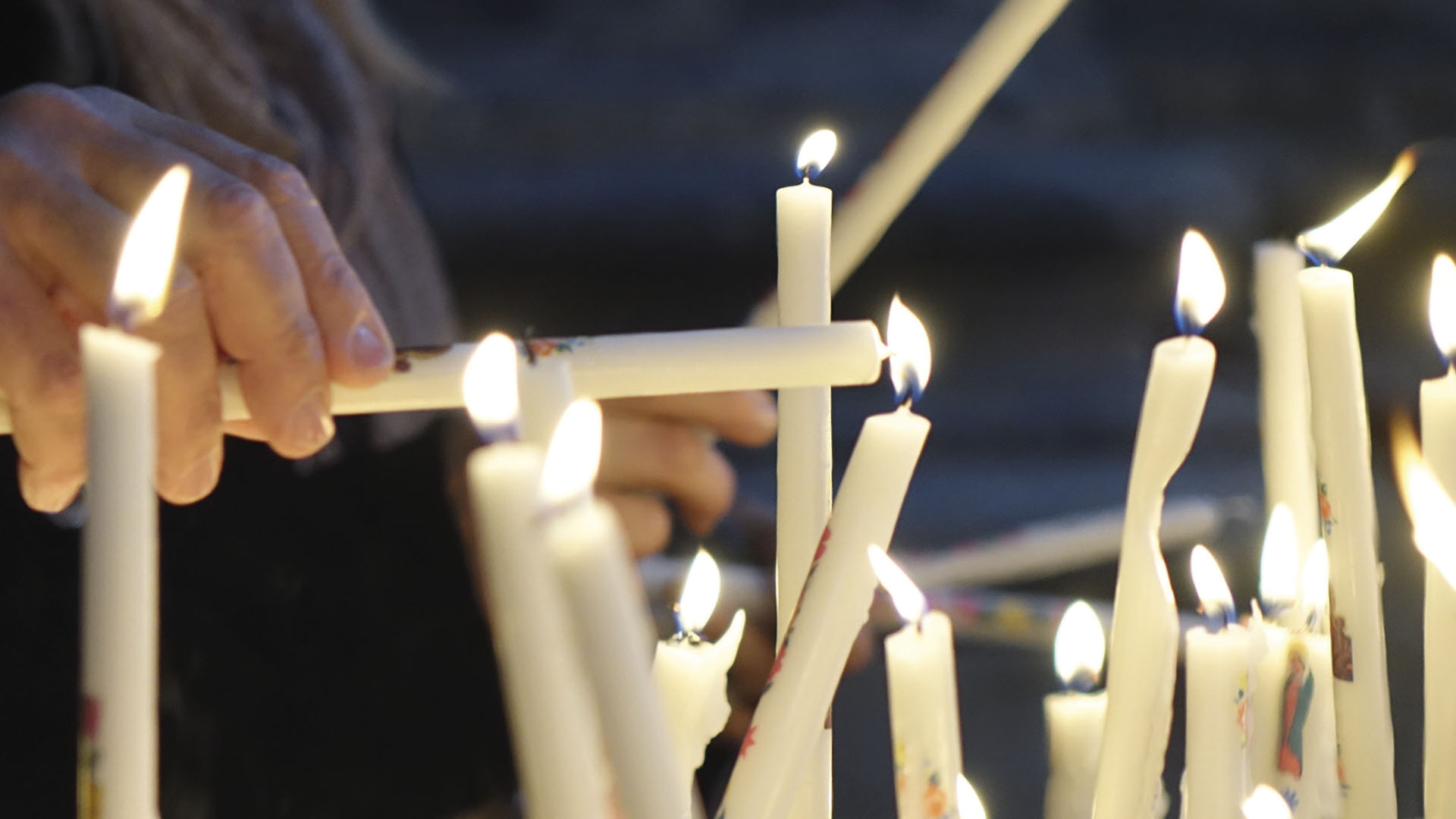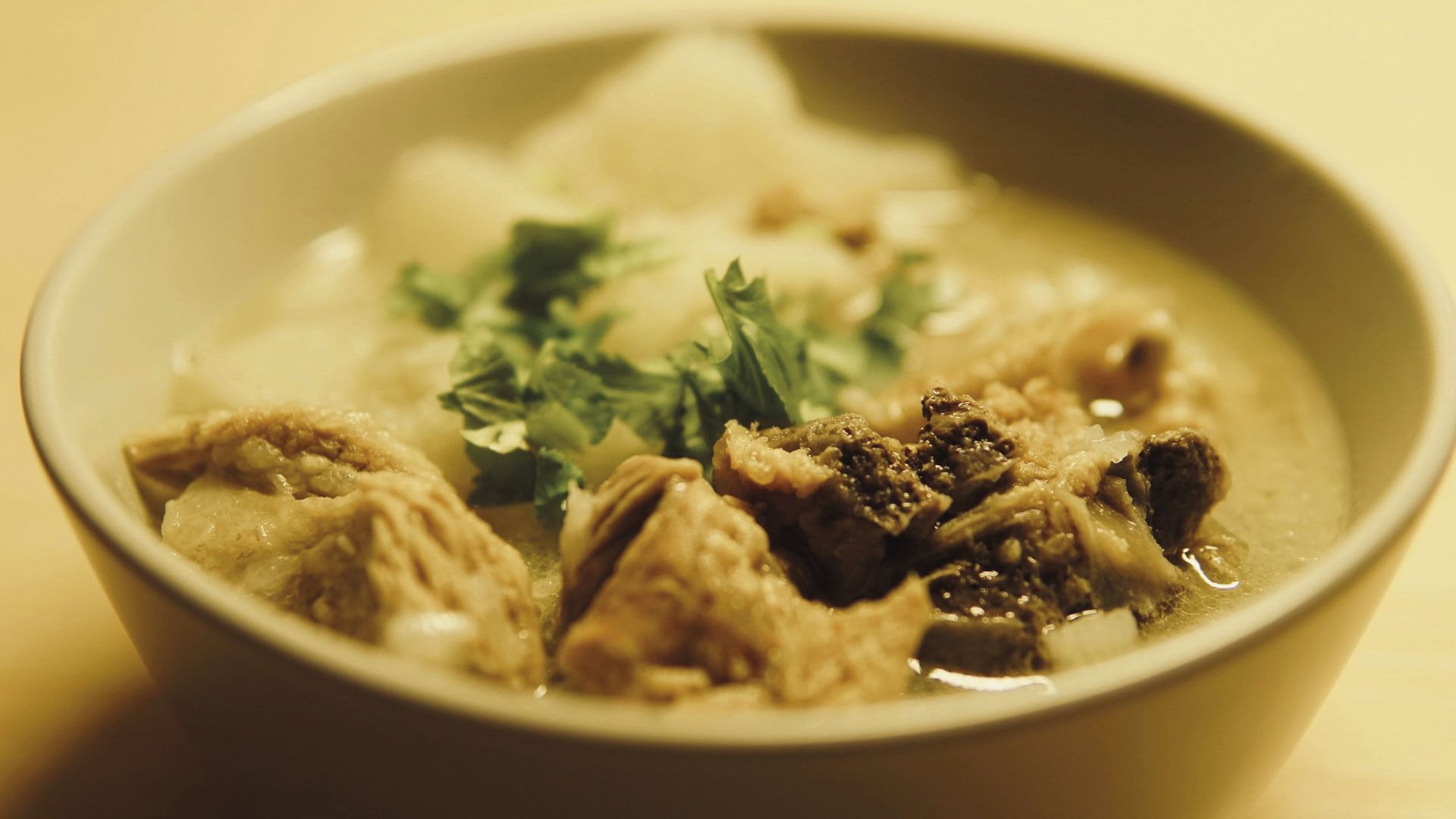
From the plague of 1630 to today, a city on pilgrimage through devotion, history, and timeless popular rituals that unite the sacred and the everyday.
[published on VeNews 209, November 2016]
Our Lady of Good Health, November 21, is a Venetian tradition and it marks, in a way, the entering of the cold season. The tradition in itself is a quite simple one: a procession to the Basilica and a reverence to a depiction of the Madonna, who ended the plague of 1630 in Venice. Consuetudo tenet et est servanda, said the Latin, tradition holds and is here to stay: candles, balloons, beignet and other high-calorie candy, and many, many people all around! 1630 wasn’t the first time Venice faced the plague. In 1348, two thirds of the population had been wiped out by it, and the one of 1575, albeit less aggressive, was a very persistent one. It seems that the one of 1630 arrived from Mantua (Mantova) and was brought into Venice by the legate of Duke Carlo Gonzaga Nevers, Marquis de Strigis, in Venice to negotiate peace with Emperor Ferdinand II. The administrators of Venice force him and his party to quarantine but a breach in the quarantine protocol proves fatal for Venice. The ambassadors took abode on Lazzaretto (Vecchio) Island first, and then in the more comfortable San Clemente Island, separate from Venice. It seems that a handyman working on their residence became infected and unwittingly brought the disease into Venice. The plague travels quickly to all neighbourhoods and in the matter of months, Venice looks like the desolation of a lazaret. Infected people and corpses are everywhere, every- thing was in shortage: burial ground, drugs, physicians… there was little anybody could do. Venice Patriarch Giovanni Tiepolo “in tears of pain and contrition” leads public procession and solemn prayer for the clemency of God. The Doge and the Senate order that extra processions be held for fifteen Saturdays in San Marco. On October 26, on the first such Saturday, the people amassed by an icon of the Madonna, the Doge proclaims the city’s vows to erect a church to the Virgin Mary, Our Lady of Good Health, and to visit it every year on the day the City shall have been set free of the disease: the Doge, his successor, the Senate, all to show gratitude for the good grace.
An imposingly large staircase seems to rise from the water. Once in, you will see the inside of the double dome construct hovering it. On the top of the larger dome is a statue of the Virgin with the mace of Capitano da Mar (Admiral). Designed by a young Baldassarre Longhena in an innovative Baroque style, the construction of the church began in 1631 and was concluded after Longhena’s death, in 1687. Statues adorn the main façade and the outer sides of the building as well as the inside. The main altar is majestic in its size and is decorated by a marble group by Giusto Le Court. The Virgin Mary appears with the Child in her arms over clouds, puttos at her feet. An angel chases away the plague with a torch while a richly-adorned woman, Venice, reveres the Madonna.
Note: Le Court sculpted an allegory of the plague in the shape of a toothless old hag. Hence, the Venetian saying: you’re ugly as a plague!

The icon of Our Lady of Graces, also known as Our Lady of Good Health, was brought to Venice by Doge Morosini in 1670 from St. Titus Cathedral in Candia (present-day Heraklion, Crete). The XIII-century Byzantine plate is highly suggestive for the Madonna’s shadowy face and piercing eyes.
Note: Mesopandotissa is a Greek/Venetian form of Mesoipapantissa, an appellative of the Madonna that originated in Crete that used to signify the feast took place midway (miso) to the Ipapantissa, whose day of celebration is February 2.

Pilgrims can reach the Basilica on foot via the votive bridge, a temporary bridge over the Grand Canal that unites Santa Maria del Giglio and the Basilica.
Note: A chance to see the palaces overlooking the Grand Canal from an unusual perspective.

Venetians are very devoted to Saint Mary up to this day, and you can tell from the number of candles that during the Feast are lit in the church – more than all the other churches in Venice, combined, over a year. Tradition dictates the candles (any number, you get to choose how many) testify your devotion and your plea for good health.
Note: Candles are sold just before the Basilica.
The sacred and the profane, as is the case with any religious feast, peacefully coexist. Stands sell candy, especially almond brittle and beignets and wait for you after church. Balloons and toys are available for the younger ones.
Note: Eat right away! Why wait?

A plate of Venetian tradition, it is mutton chop, smoked and slow-cooked with savoy cabbage. An homage to the loyalty of the Dalmatians, who, in the long plague induced isolation of Venice, were the only one to send regularly supplies to town and feed the Venetians. Muttons are traditionally raised in their territories.
Note: Beware! Strong tastes ahead.